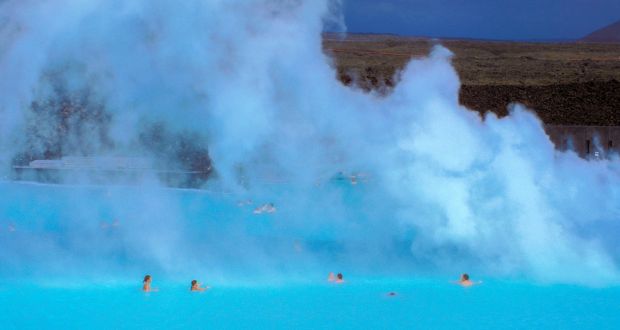The US Department of Energy has allocated $20 million for measures to reduce the cost of geothermal energy production.
Drilling costs for the construction of geothermal energy facilities now account for, on average, more than half of the project’s investment budget. Within the framework of the allocated funding, the Ministry is ready to finance projects that can demonstrate higher drilling speeds.
The idea is that a reduction in drilling time reduces the project implementation time, and this circumstance can reduce the cost of a geothermal energy facility.
The U.S. Department of Energy Geothermal Technology Administration (GTO) is “”collecting applications from drilling service providers, well service companies, research institutes, geothermal operators and developers, and other organizations that can provide real, immediate solutions to achieve the goal of increasing average daily velocity drilling for geothermal wells,”” the report says.
The idea of geothermal energy is to pump heat from the Earth. A coolant circulates through the well system, which perceives the heat of the Earth, heats up, is fed to a heat engine (like an air conditioner/refrigerator), and, cooled, goes underground again to warm up.
Currently, two types of wells are being designed and produced, deep (from 50 meters), using the heat of the planet Earth, and shallow (up to 5 m), using the heating of the surface layer (soil) with solar energy.
Properly designed wells are distributed so that the soil mass penetrated by the well system does not “”freeze out”” and has time to warm up, respectively, by the radiation of the Sun and the geothermal heat of the Earth.

